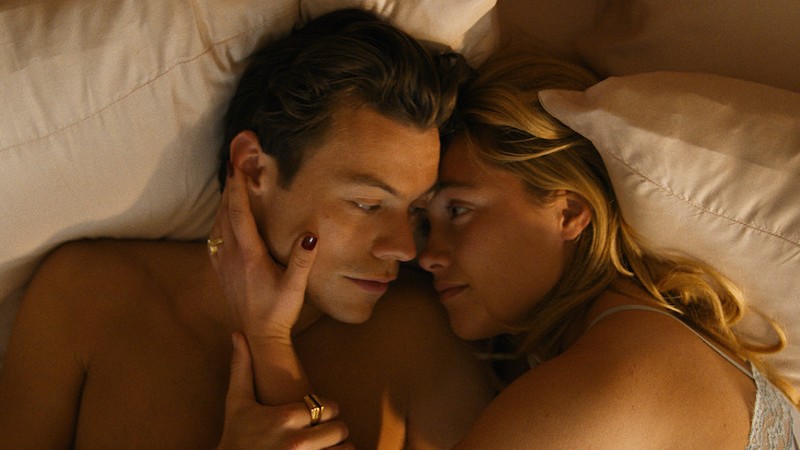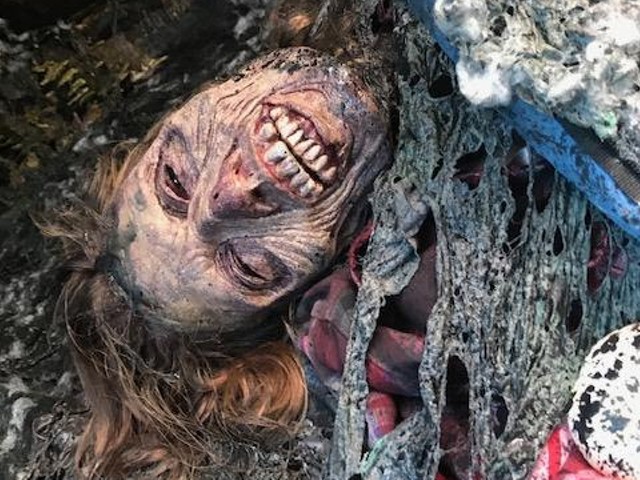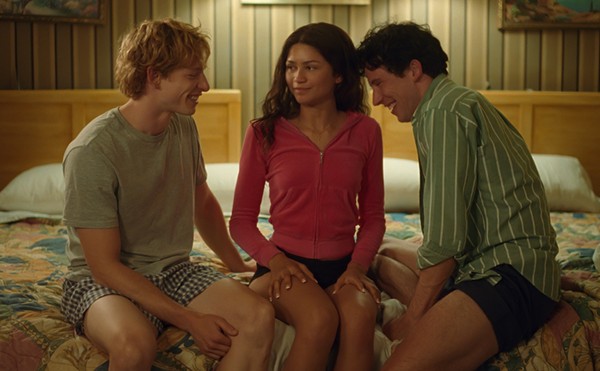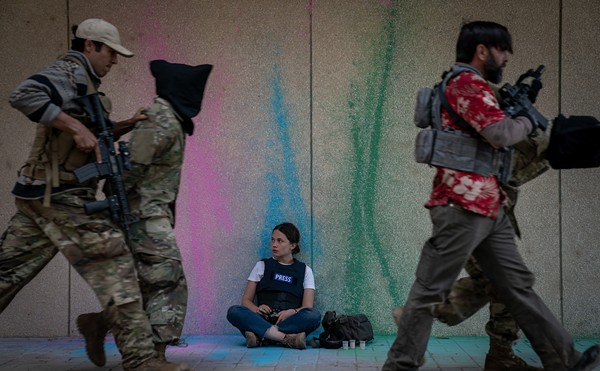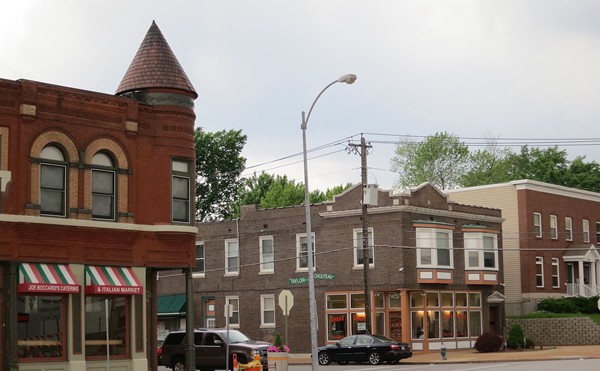Review: Don't Worry Darling Isn't (That) Bad
Olivia Wilde’s flick is visually compelling and filled with emotional resonance
[
{
"name": "GPT - Leaderboard - Inline - Content",
"component": "41932919",
"insertPoint": "5th",
"startingPoint": "3",
"requiredCountToDisplay": "3",
"maxInsertions": 100
}
]
Greedy for gauzy sunlit patios, candy-colored Cadillacs and clinking martinis, I expected Don’t Worry Darling to be a brilliant disaster, a faux-prestige flick worth viewing for its production design alone. I expected to enjoy the film in the same way I enjoy watching (and rewatching) narratively preposterous fragrance ads from the early ’90s (No substance? No problem.) As Olivia Wilde’s second directorial feature — and perhaps the most gossip-plagued movie of the year — Don’t Worry Darling has so far received more attention for the personal skirmishes between its cast and director (and sheer presence of Harry Styles) than for any salient failings of the film itself. But the public has always adored a good catfight, real or imagined, especially between smart, beautiful women who dare to (maybe?) dislike each other. Just as the public loves punishing smart, beautiful women for daring to do something serious.
Don’t Worry Darling doesn’t succeed as serious art, but it does work as a decent dystopian drama with some seriously memorable cinematic moments. Set in Victory, a 1950s company town nestled in an unnamed desert valley, the film follows Alice (Florence Pugh), a 20-something wife to Jack (Harry Styles), a rising “technical engineer” for Victory’s top-secret “development of progressive materials.” Early on, we get a whiff that this idyll of glossy pools and glassy houses isn’t what it seems. “We shouldn’t be here,” declares Margaret (KiKi Layne), one of Victory’s few Black citizens, disrupting company head Frank (Chris Pine) during a speech in his backyard. Indeed, no one knows why they are there, and Margaret pays for making a stir.
Victory, it seems, is only possible if no one asks questions, and the wives never tread past a boundary after which nothing is “safe.” Sound like a clunky metaphor for male oppression? Perhaps, but it’s also not far off from the literal 1940s reality of a New Mexico community built by the U.S. government where the Allies’ top scientists and engineers tested nuclear weapons while their wives were kept as ignorant as possible. I’m not sure if story writers consciously drew on this history, but its geographic similarity to Victory often felt uncanny. (For those interested, TaraShea Nesbit’s excellent novel The Wives of Los Alamos explores the vantage of these wives to eerie, often profound, effect.)
Reminiscent of Pleasantville, Stepford Wives and Revolutionary Road (with a brutal dash of Clockwork Orange), Don’t Worry Darling may be derivative, but that would hardly seem to matter in an age when every other film is a sequel / prequel / contemporary remake. What it does with its dystopian flourishes is often quite original, as are the film’s furtive final images that have prompted Inception-level interpretations online.
Throughout the film, the visuals themselves outshine the plot and script — often to hypnotic, unnerving effect. Extreme close-ups of coffee poured, eggs fried and breakfast plated — all taken from a bird’s eye view—mirror recurrent black-and-white clips of Busby Berkeley-like showgirls forming geometric shapes with their bodies, gesturing not only to the ways that domestic and sexual duties conflate wives with household props but also to Victory’s fascist overtones (Berkeley, let’s not forgot, was influential to Leni Riefenstahl). In an early visually disquieting scene, Alice wraps her face and head with the Saran wrap out for her husband’s lunch, her face smashed as to be unrecognizable till she tears it from her skull.
With its sun-blanched, menacing atmosphere and Pugh at its helm, the film perhaps most strikingly resembles Ari Aster’s Midsommar, in which Pugh played Dani, a reluctant whistleblower at a cult-like Swedish festival. In Don’t Worry Darling, the 26 year old once again plays a complicated woman who refuses to be gaslit. Once again, she breaks down into righteous hysterics, her torment never compromising our faith in her judgment and reliability.
In the role of her passive, if amorous, spouse is Harry Styles — can he pull it off? That doesn’t really matter; his character, like most of the men onscreen, are more caricatures of patriarchal power than flesh-and-blood husbands. For those among us who enjoy watching Pugh play whistleblower — who enjoy watching her incredibly expressive face and body do, well, practically anything — Styles can remain just “style,” as it were, a cardboard cutout of a heartthrob hubby who seems to enjoy cunnilingus.
I’m too old, thankfully, to care about Styles but young enough to find Wilde’s filmmaking debut, Booksmart, a surprisingly fresh yet relatable bildungsroman that values the levity and complexity of teenage girldom. Also written by Katie Silberman, Don’t Worry Darling isn’t as good as Booksmart, but it also isn’t as bad as people want it to be. In fact, it isn’t bad at all, when you consider most of what passes for cinema these days. It is an uneven, but visually compelling, film whose emotional resonance rests on the square shoulders of Pugh, her generation’s answer Kate Winslet.
Is it brilliant? No. But it also isn’t … bad. Don’t be gaslit. See it for yourselves.

